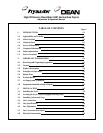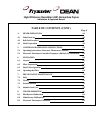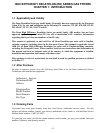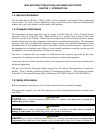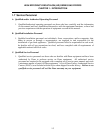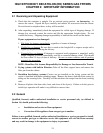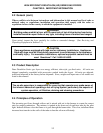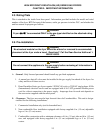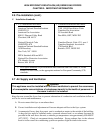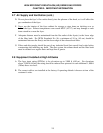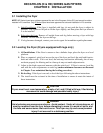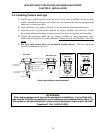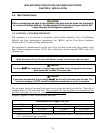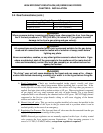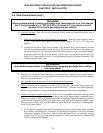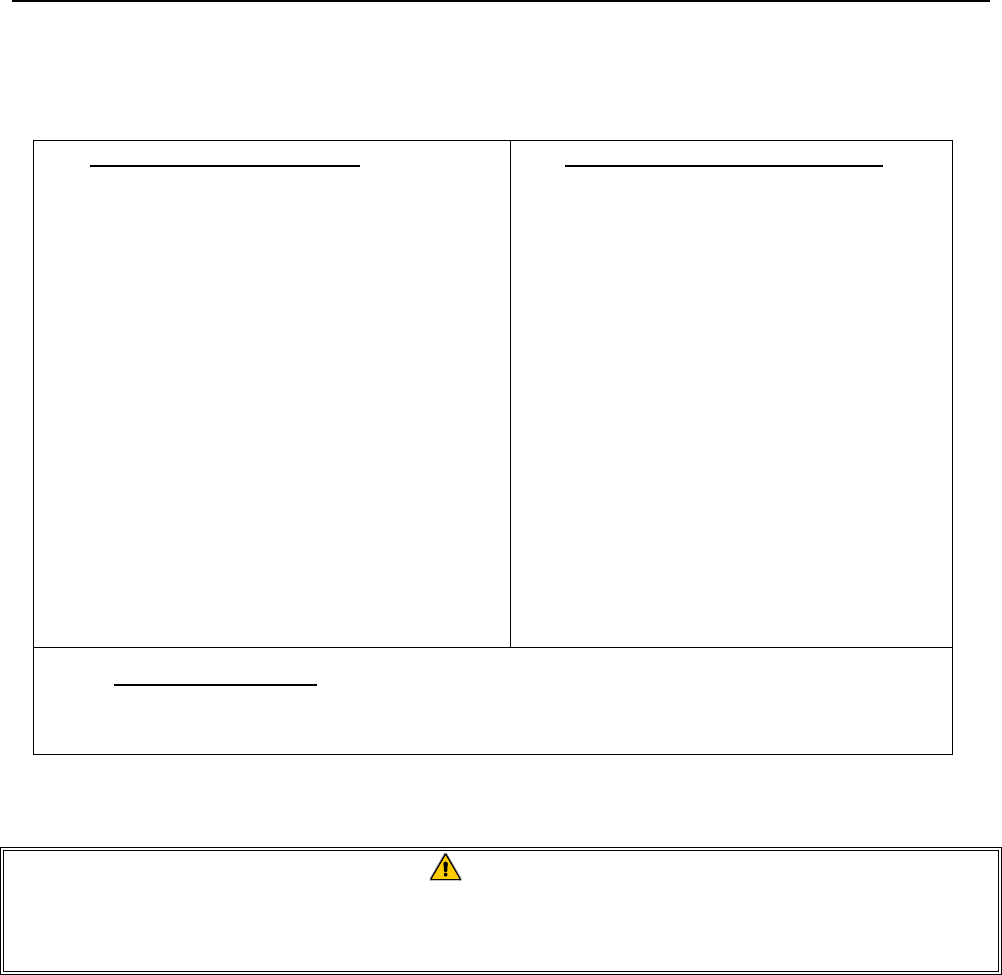
HIGH EFFICIENCY DECATHLON (HD) SERIES GAS FRYERS
CHAPTER 2: IMPORTANT INFORMATION
2-4
2.6 Pre-installation (cont.)
C. Installation Standards
1. U.S. installations must meet: 2. Canadian installations must meet:
American National Standard Institute CAN 1-B149 Installation Codes
ANSI Z83.11 Canadian Gas Association
American Gas Association 55 Scarsdale Road
8501 E. Pleasant Valley Road Don Mills, ONT, M3B 2R3
Cleveland, OH 44131
National Electrical Code Canadian Electric Code c22.1, part 1
ANSI/NFPA #70 Canadian Standards Association
American National Standard Institute 178 Rexdale Blvd.
1430 Broadway Rexdale, ONT, M9W 1R3
New York, NY 10018
NFPA Standards #96 and #211
National Fire Protection Association
470 Atlantic Avenue
Boston, MA 02110
3. CE/Export Standards: Fryer installation must conform with local codes, or, in the
absence of local codes, to the appropriate national or European Community (CE)
standards.
2.7 Air Supply and Ventilation
DANGER
This appliance must be installed with sufficient ventilation to prevent the occurrence
of unacceptable concentrations of substances harmful to the health of personnel in
the room in which it is installed.
Keep the area around the fryer clear to prevent obstruction of combustion and ventilation airflow as
well as for service and maintenance.
A. Do not connect this fryer to an exhaust duct.
B. Correct installation and adjustment will ensure adequate airflow to the fryer system.
C. A commercial, heavy-duty fryer must vent its combustion wastes to the outside of the building.
A deep-fat fryer must be installed under a powered exhaust hood, or an exhaust fan must be
provided in the wall above the unit, as exhaust gas temperatures are approximately 800-1000°F
(427-538°C). Check air movement during installation. Strong exhaust fans in the exhaust
hood or in the overall air conditioning system can produce slight air drafts in the room.



